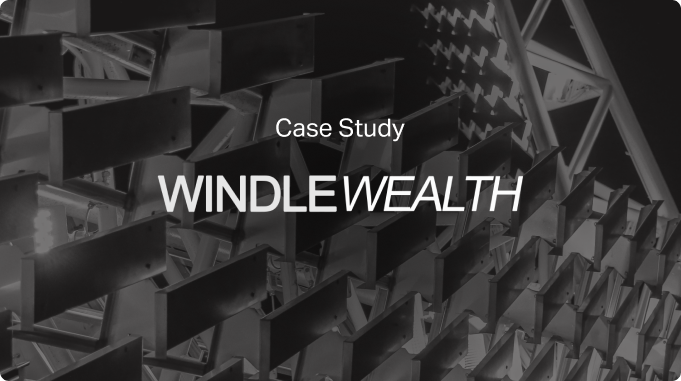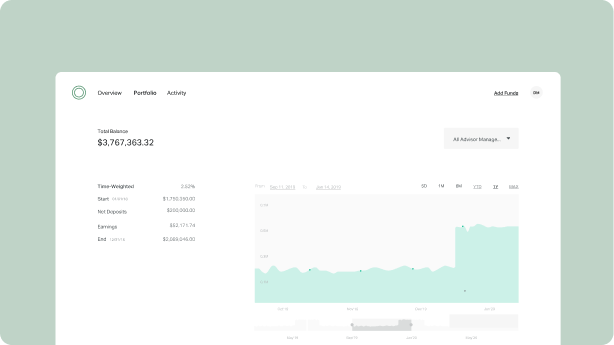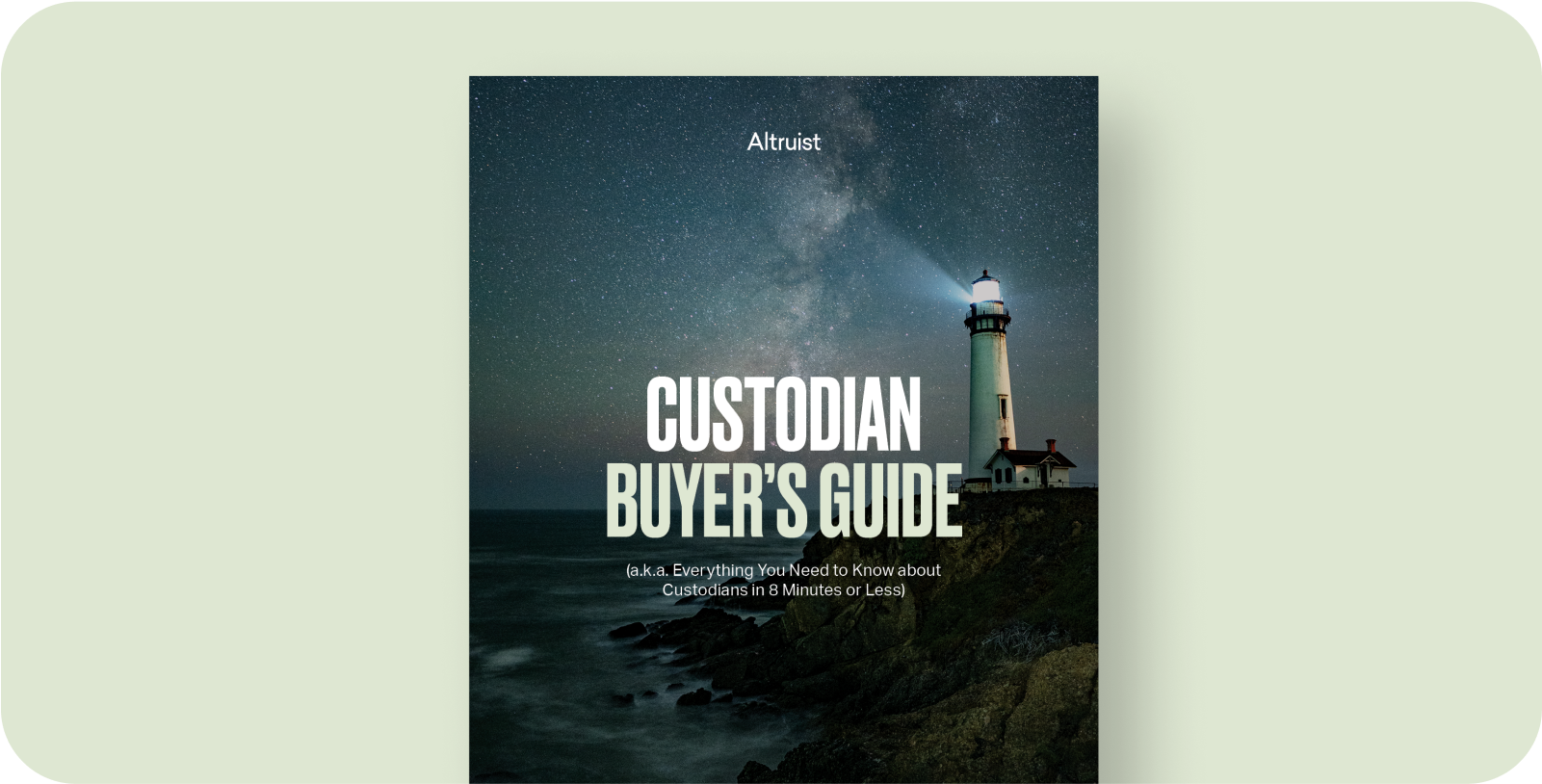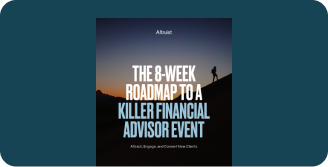There are many considerations for building an RIA: your compliance consultants, technology stack, and overall investment philosophy. But your choice of custodian for your clients’ investment needs is one of the most important factors when it comes to the success of your firm.
The lifecycle of taking a lead to a client can happen fast, and once that happens, your clients will find themselves on a custodial platform where their life savings will be entrusted to you for compounding their wealth, investment guidance, and asset safe-keeping. While there are options—traditional and burgeoning—for a custodial solution for your RIA, there are also many questions to consider.
Below are 7 questions that you should ask yourself before choosing a custodial partner:
1. Do I know who I want to serve?
You’ll never have the right custodian if you haven’t first identified who it is that you want to serve. Many factors associated with your client demographic can influence the type of custodian and services needed to adequately serve them and increase client satisfaction.
Is your client demographic technologically savvy? Do they value responsive and impactful client service? Are they depositing or withdrawing money frequently? Are they using many applications on their mobile phones? By deeply understanding the qualitative and quantitative demographic of your clients, you’ll be able to reduce the options to a few contenders that can meet your high-level needs.
2. Are there assets under management minimums?
Assets under management (AUM) has been the longstanding metric for access to custodial relationships within the financial services industry. Traditionally, many custodial platforms required an independent advisor to have $10 million in assets under management or more before allowing their firm to house client assets at their institution. Today, that number varies depending on which firm you choose. If you are an emerging advisor or do not want to house all of your assets on one platform, make sure that you fulfill the asset requirements needed for your custodial partner.
3. Does this custodian increase the efficiency of my firm and clients?
My rule of thumb has always been twofold. First, if a custodial partner saves me and my staff time, then it’s worthy enough for our firm to at least look into. Secondly, and even more importantly, is that if it saves my clients time, then we’ll definitely consider the platform as a viable option for our business.
Efficiency doesn’t just stop there. If the custodian helps an advisor to trade across accounts, create model portfolios, rebalance effectively, fee bill, and has baseline performance reporting, then it allows us to serve effectively while saving time and clutter for all parties involved. This decluttering and efficiency can also take its form through key integrations that a platform might have with other technology that you might already use. Less is better when your technology works together.

4. Will my staff and clients have a seamless user experience from the custodian?
Every interaction that your client has with a partner of your organization is a reflection of you, their advisor. It’s important that both staff and clients feel valued when interacting with members of your custodian's client service team. If this does not align, then credibility can be in jeopardy and it can create a stressful work environment for your colleagues.
5. Can I build scalable portfolios?
If you’re using a custodian, it’s very likely that you are providing investment solutions for the clients that you serve. The custodian—at a minimum—should allow you to build portfolios that are scalable amongst your client households. With these portfolios, you should be able to build for risk tolerance and rebalance due to pre-set triggers. These features offer uniformity in investment strategy, takes the repetitive labor out of the work, and free up time for you to spend with your clients and prospects.
6. What are the associated costs of using this custodian?
Oftentimes, out of necessity, independent advisors find themselves with a custodian because of an affiliation with a professional network, a former work relationship, or to gain more credibility with clients. At most broker-dealers, there are fees associated with housing your client assets on their platform. These fees can be as simple as trading costs or earning money on cash or as complex as mutual fund servicing fees and 12b-1 fees. Another consideration? Make sure your custodian doesn’t compete with you.
When custodial fees are high, many advisors opt to pass these costs down to their clients through the costs of their services rendered. But if you select a custodial partner with no hidden fees and more transparency, you can save your clients money and reinvest your revenue into the growth of your firm.
7. Can I see myself growing with this platform?
Like most RIAs, you are probably deeply focused on serving your existing clients and forging the path to future growth. As platforms continue to evolve and the financial services industry changes, it’s important to select a custodian whom you can trust and grow with as your firm scales. The best way to do this is by getting recommendations from your peers, trying demos of the platforms, and solidifying your growth plans.
The landscape of our industry is one that's becoming more technological by the minute. By selecting a custodian that's able to meet your current and future needs, you’ll set your firm up for client satisfaction and long-term success.












